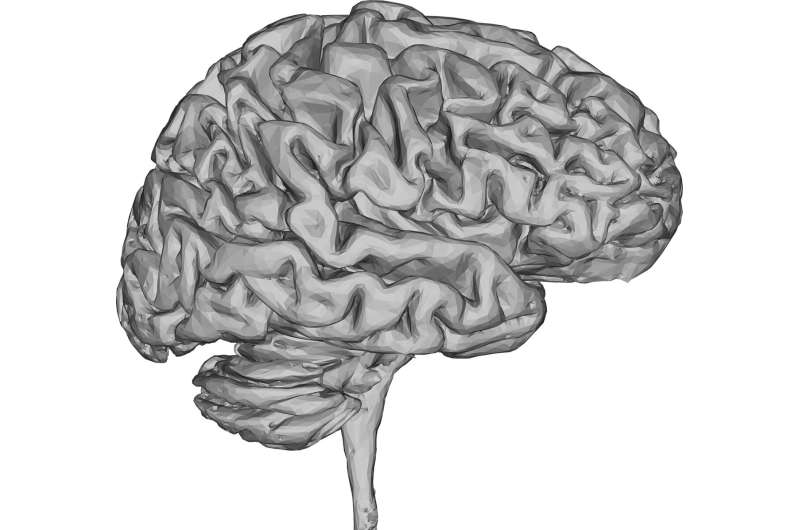A review of 3D visualization techniques of medical images written for health professionals

A research team provides a review of three-dimensional (3D) visualization techniques for medical images, intending to bridge the gap between medical experts and visualization researchers. With medical professionals as target readers, the review was published in Health Data Science.
"Medical images are essential for modern medicine and an important research subject in visualization. However, medical experts are often unaware of the many advanced 3D medical image visualization techniques that could increase their capabilities in data analysis and assist the decision-making process for specific medical problems," says Liang Zhou, author and assistant professor with the National Institute of Health Data Science, Peking University.
Visualization techniques are useful for medical experts to tackle specific medical problems in their daily work. Recommending the review as a quick reference to such techniques for the given medical problems and modalities of associated medical images, Zhou says, "we summarize fundamental techniques and readily available visualization tools to help medical experts better understand and utilize medical imaging data."
This review stands out among those on visualization techniques for medical images as it targets medical experts rather than visualization researchers. The former group provides healthcare with medical images such as computerized tomography (CT), magnetic resonance imaging (MRI), and diffusion tensor imaging (DTI). Involving scalar, vector, and tensor data, medical images are a cardinal source and target for analysis in AI and VR in the aforementioned strategic plans. The review explains advances in fundamental visualization methods of these three categories and techniques that could improve spatial perception, vital knowledge to understand medical images in 3D.
The structure also makes this review distinguishable from the previous reviews on biomedical visualization. It is organized based on a taxonomy of medical problems from individual to population levels. Specialized medical visualization techniques are categorized by the supported data type, medical procedures, the scale of the concerned medical problems, locations of the studied problems, and modalities of images. Each technique is described with medical and technical aspects so that medical professionals can quickly locate the proper techniques for their problems. Examples of health applications are used to demonstrate diagnosis, treatment, and prognosis.
The authors provide their insights on simulations and comparative visualization to touch upon future directions. Simulations constitute a tool to understand complex, invisible, and perpetual activities in human bodies, whereas comparative visualization holds the key to unraveling an ensemble of simulation runs and comparing between patients or different measures of medical images.
Last but not least, state-of-the-art free visualization software is listed so that medical professionals can familiarize themselves with some of the techniques and experiment with their data.
"We would like to promote medical image visualization in the health care community. We advocate for more collaborations between medical experts and visualization researchers for better solutions to a broader spectrum of medical problems," shares Zhou as he emphasizes their ultimate goal to contribute to the joint effort of the medical and visualization communities to advance precision medicine.
More information: Liang Zhou et al, A Review of Three-Dimensional Medical Image Visualization, Health Data Science (2022). DOI: 10.34133/2022/9840519




















